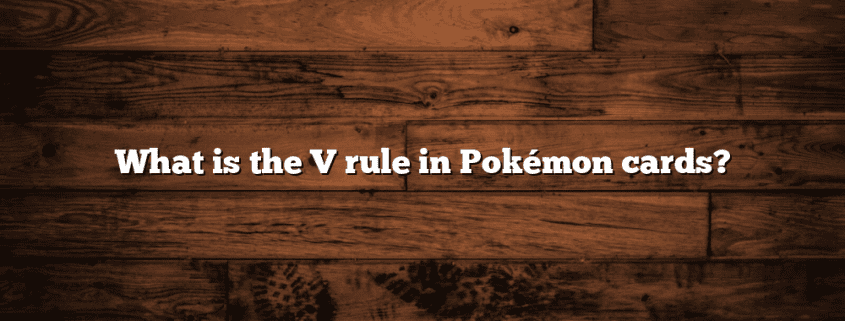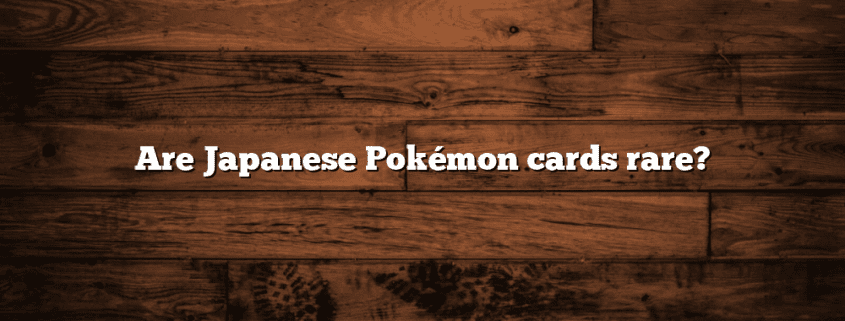What is the D on Pokémon cards?
What is the D on Pokémon cards?
Pokémon cards have been a popular collectible item for decades, captivating both children and adults alike. Each card features a unique design, character, and various symbols that hold significance within the Pokémon trading card game (TCG) community. One such symbol is the letter “D,” which can be found on certain Pokémon cards. In this article, we will explore the meaning and importance of the “D” on Pokémon cards.
The Evolution of Pokémon Cards
Before delving into the significance of the “D” symbol, it is essential to understand the evolution of Pokémon cards. The Pokémon TCG was first introduced in 1996 by Wizards of the Coast, and it quickly gained popularity worldwide. The game revolves around players using their Pokémon cards to battle against each other, with the ultimate goal of becoming a Pokémon Master.
Over the years, the Pokémon TCG has undergone several expansions, introducing new Pokémon, gameplay mechanics, and card designs. These expansions often include rare and powerful cards that collectors and players eagerly seek. The inclusion of the “D” symbol on certain cards adds an extra layer of intrigue and desirability.
The Meaning of the “D” Symbol
The “D” symbol on Pokémon cards represents a special classification known as “Delta Species.” Delta Species cards were first introduced in the EX Delta Species expansion set released in 2005. These cards feature Pokémon that have undergone a unique transformation, resulting in a change in their type or abilities.
For example, a Delta Species card may depict a Pikachu with the Water type instead of its usual Electric type. This alteration in type adds an element of surprise and strategic depth to the game, as players must adapt their strategies to counter these unexpected changes.
Collectibility and Rarity
Delta Species cards are highly sought after by collectors due to their rarity and unique designs. The inclusion of the “D” symbol instantly distinguishes these cards from others, making them stand out in a collection. The scarcity of Delta Species cards adds to their desirability, as collectors strive to complete their sets or acquire specific cards featuring their favorite Pokémon in their Delta forms.
Furthermore, the introduction of Delta Species cards sparked a renewed interest in the Pokémon TCG, attracting both new and seasoned players. The novelty and unpredictability of these cards injected excitement into the game, leading to increased participation and a thriving secondary market for Pokémon cards.
Impact on Gameplay
The inclusion of Delta Species cards in the Pokémon TCG had a significant impact on gameplay dynamics. These cards introduced new strategies and deck-building possibilities, forcing players to adapt their playstyles and consider the potential surprises their opponents might have in store.
For instance, a player might expect their opponent’s Pikachu to have Electric-type moves, but if it turns out to be a Delta Species Pikachu with Water-type moves, their strategy would need to be adjusted accordingly. This element of surprise adds an extra layer of depth to the game, making battles more engaging and strategic.
Legacy and Continued Relevance
Although the Delta Species classification was introduced over a decade ago, its impact on the Pokémon TCG continues to be felt today. The concept of unexpected transformations and altered types has been revisited in subsequent expansions, keeping the game fresh and exciting for players.
Furthermore, Delta Species cards have become highly sought after by collectors, with some rare cards commanding significant prices in the secondary market. The combination of rarity, unique designs, and gameplay impact has solidified the legacy of Delta Species cards within the Pokémon TCG community.
Conclusion
The “D” symbol on Pokémon cards represents the Delta Species classification, which introduces unexpected transformations and altered types to the game. These cards have had a lasting impact on the Pokémon TCG, attracting collectors and players alike with their rarity, unique designs, and strategic gameplay possibilities. The inclusion of the “D” symbol adds an extra layer of excitement and desirability to Pokémon cards, making them a valuable addition to any collection.










